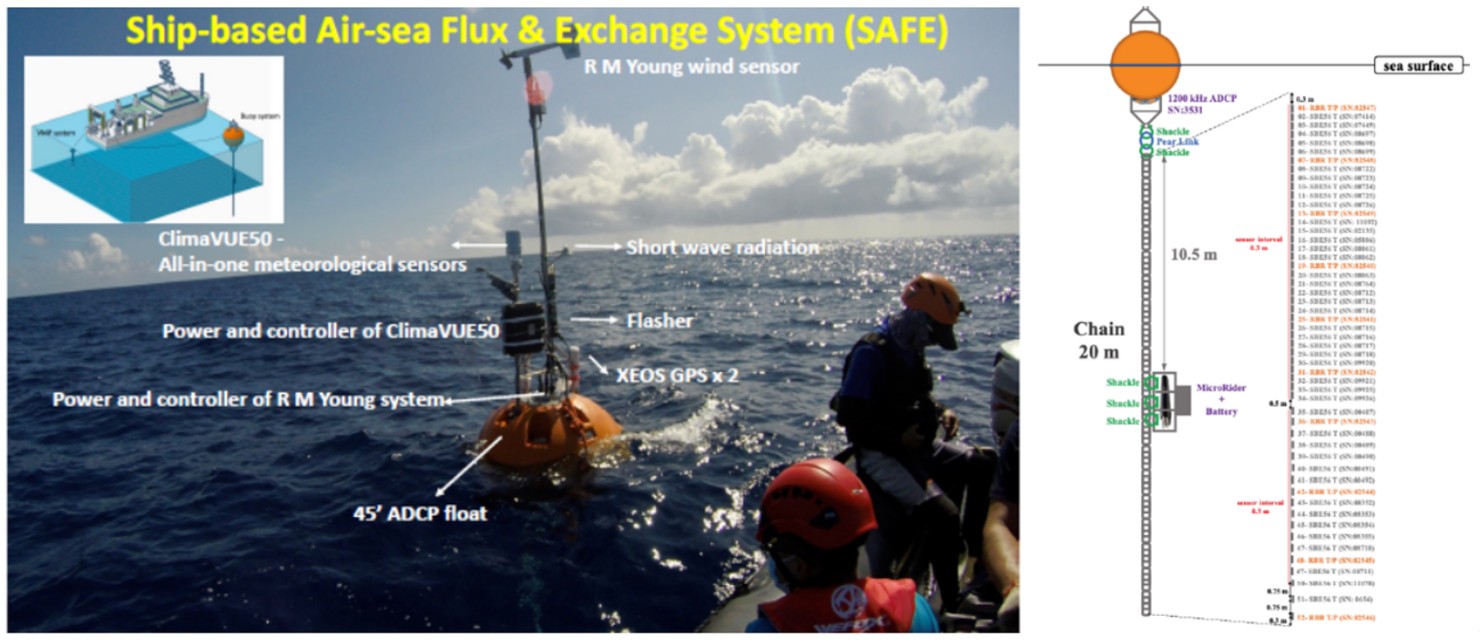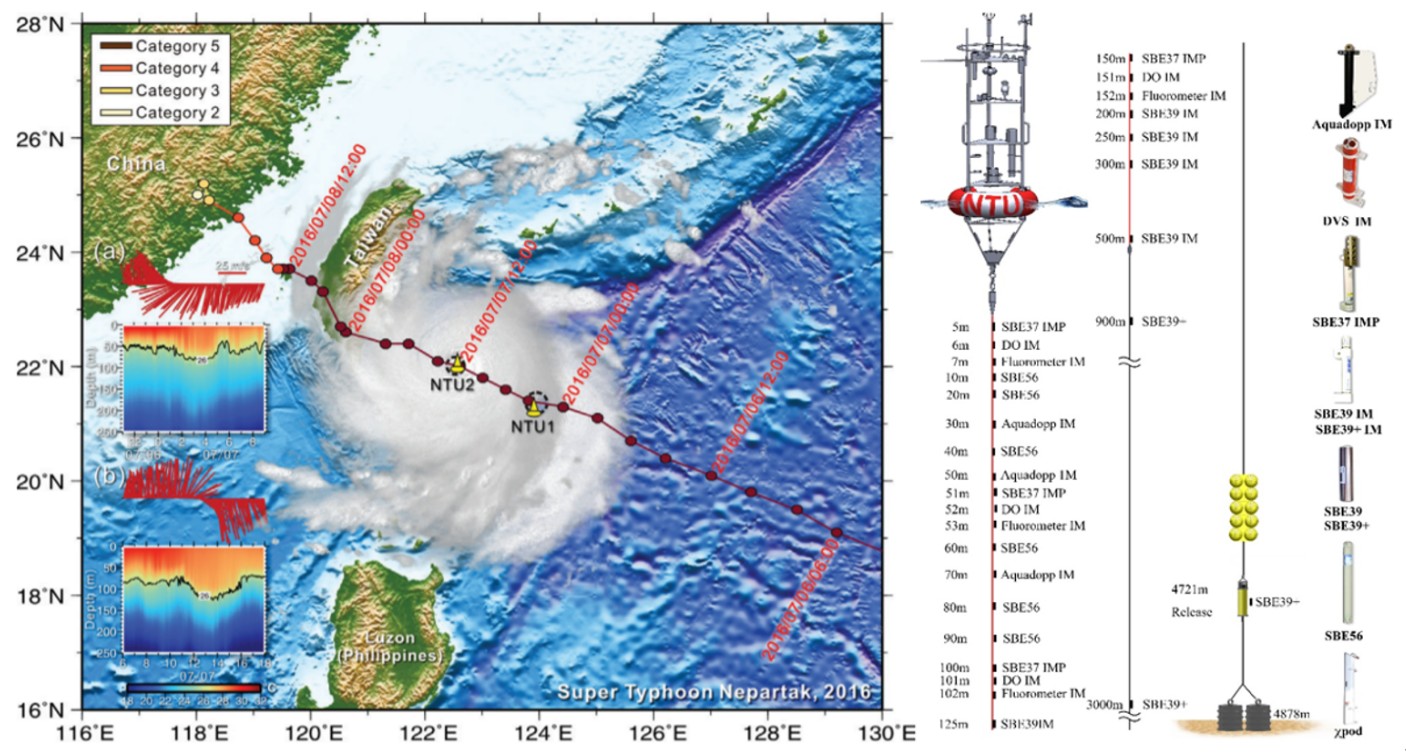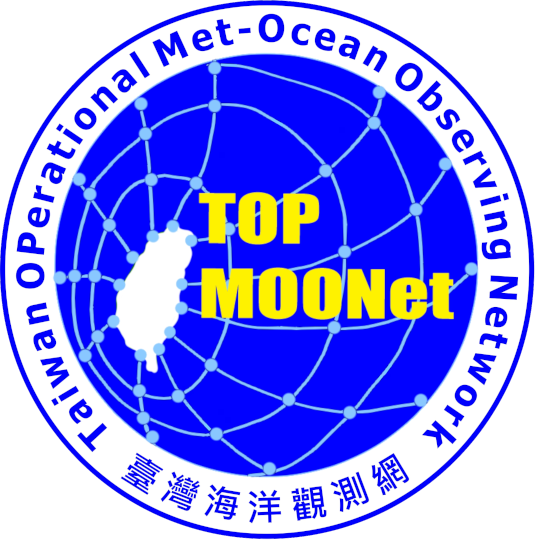
Chief Scientist
Yu-Hsin Cheng
Plan
Himawari-8 geostationary satellite and its Advanced Himawari Imager (AHI), launching on 28 October 2014 by the Japanese Meteorological Agency, opens up possibilities to study the spatio-temporal change of these relatively small scale oceanic features from geostationary orbit. Himawari-8 provides different wave length bands (spatial resolution 0.5-2 km) every 10 min over a hemispheric field of regard centered at 140.7°E longitude. These spatial and temporal resolutions allow for not only the identification of oceanic features around Taiwan, but also the ability to track the evolution of these features in real time. However, currently high-resolution products of sea surface temperature (SST) and chlorophyll-a concentration (Chl-a) are only available around Japan’s ocean. In contrast, lower-resolution products Chl-a (~5 km) are provided around Taiwan and it is insufficient that the satellite retrieved values are verified by observations.
In 1998, an aircraft experiment showed that the Global Navigation Satellite System (GNSS) signal reflections can sense ocean surface roughness and which can be related to wind (Garrison et al, 1998). A new chapter in ocean was opened. The retrieval algorithm used a theoretical model in the form of a bistatic radar equation, which related the reflected waveforms to mean-square slopes to estimate ocean wind speed (Zavorotny and Voronovich, 2000). Rapid progress in the technology of GNSS-Reflectometry (GNSS-R) instrument was made with the launch of TechDemoSat-1 in July 2014 (Gleason, 2013) and with the selection by the U.S. NASA in 2012 of the eight-satellite constellation Cyclone GNSS (CYGNSS) mission (Ruf et al., 2012). The development of GNSS-R is accompanied by increased activity in Europe with the 3Cat-2 and GEROS missions. The current on-orbit CYGNSS constellation provides massive observation data. The sea surface wind speed retrieval method, which regresses delay–Doppler map (DDM) observables against the collocated wind from other observing data sources, is employed and quantifies the mapping relationship to form the empirical geophysical model function (GMF) for future wind prediction. Previous studies show that when the true wind speed over sea surface is less than 20 m/s, the wind speed retrieval error is less than 2 m/s, but a larger error appears at a higher wind speed range (Clarizia and Ruf, 2016). Therefore, one of the purposes of this project is to refine the wind speed retrieval algorithm and analyze/evaluate the inversion results by multi-dataset.
The primary task of this sub-project is to collect observed sea temperature, chlorophyll concentration, true wind from the research vessels, weather buoys, and drifting buoys. R/V New Ocean Researcher 1, 2, and 3 (Photo 1) are equipped with associated detectors and equipment, including a meteorological observation system, and will be used to achieve the associated tasks. The drifting buoy observation platform, named ship-based Air-sea Flux & Exchange System (SAFE), developed by a physical oceanography science/technology team of the Institute of Oceanography, National Taiwan University will be used to collect high-resolution air-sea data. As shown in Fig. 1, there are meteorological sensors above the sea surface and thermometers and a 1,200 kHz acoustic Doppler current profiler (ADCP) underwater, which are used to study the air-sea interaction. The third facility is the data buoy designed to watch passing typhoons (Fig. 2). All these field data will be used to study air-sea interaction, diurnal warm layer, and typhoons. The annual goals are listed as follows.
- Year 1
-
(a) Review of literatures related to retrieval algorithm of wind speed and chlorophyll concentration.
(b) collecting satellite remote-sensing and in situ observation data, such as wind speeds, wave heights, sea temperature, chlorophyll concentration, etc. - Year 2
- Verification of satellite data using in-situ observation of sea surface temperature and chlorophyll concentration.
- Year 3
- Improving chlorophyll concentration retrieval algorithm around Taiwan.
- Year 4
-
(a) Validation of satellite retrieved wind speed using observed sea surface wind speed.
(b) improvement of the wind speed retrieval algorithm in higher wind situations.



